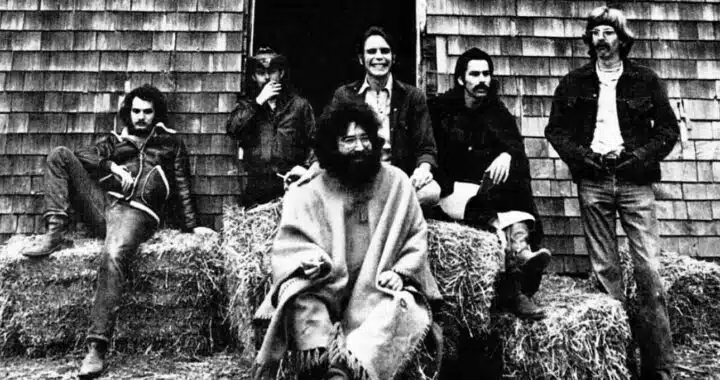
In the Wake of the Grateful Dead in 1973
Looking back after 50 years at the Grateful Dead’s pivotal year of 1973, including Wake of the Flood and three November nights at Winterland.

Looking back after 50 years at the Grateful Dead’s pivotal year of 1973, including Wake of the Flood and three November nights at Winterland.

Music may be the glue of every NYC underground scene This Must Be the Place covers, but Jesse Rifkin’s primary interest is in the community held together by that glue.
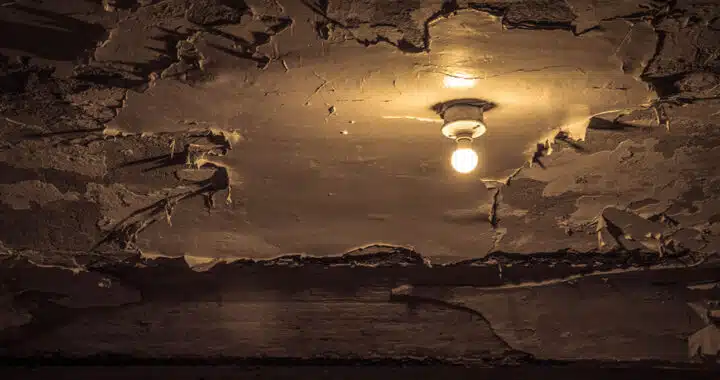
Going for Broke: Living on the Edge in the World’s Richest Country turns to the real experts on economic hardship in America: those who live it.

Steely Dan’s Countdown to Ecstasy reveals a progression toward ever more sheen and polish on a smooth shell, the source of the “yacht rock” label that defined them.
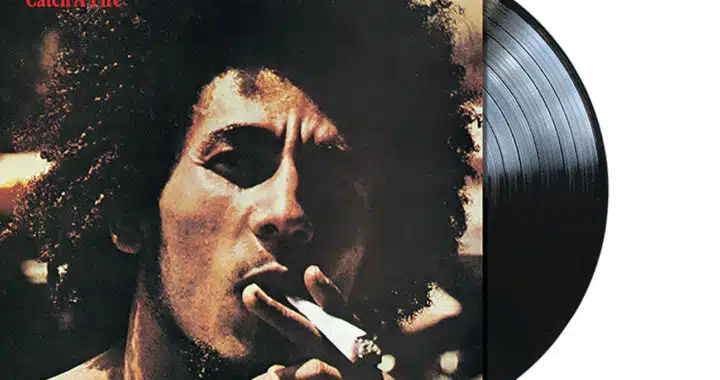
Bob Marley’s Catch a Fire is when the Wailers transformed into the vehicle of his ascent to superstardom and reggae’s assimilation into the global pop music melting pot.

The popularity of nuclear apocalypse is nostalgia for a time when our worries were wrapped in a single nuclear package, and all we needed was a bunker and a dream.

On Artificial Countrysides, Elf Power ground cosmic apocalypse and global destruction into fever dreams from their own backyard.

Andrew Bird’s Inside Problems burrows into Beethoven, the Velvet Underground, ’60s pop, and his own back catalog.
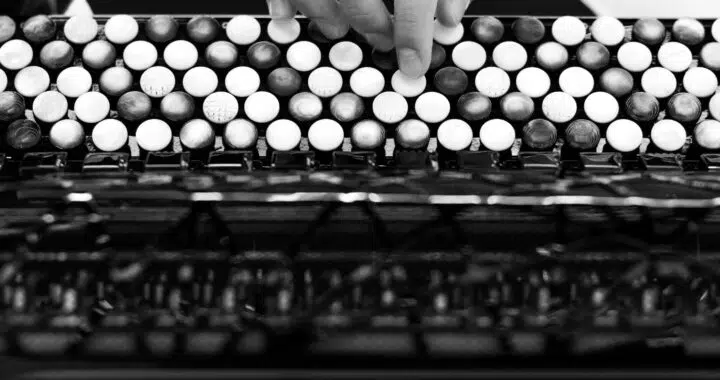
No popular musical instrument has been more frequently maligned than the accordion. Despite gaining hipster cred in the 1990s, its role in pop remains underappreciated.
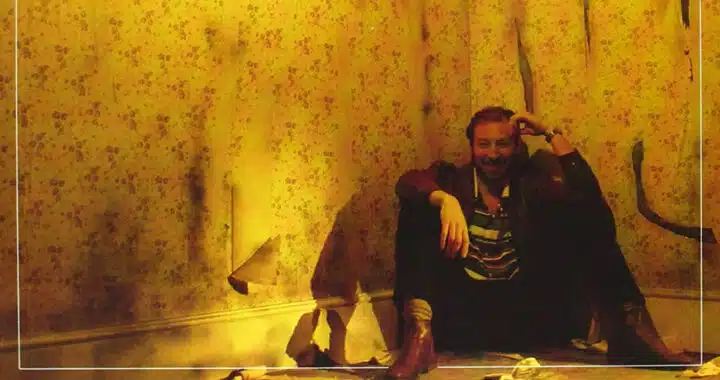
Forty years later, Richard and Linda Thompson’s Shoot Out the Lights retains its mystery and power no matter how much you read into it, or how often.

Saturated in apocalyptic fears of the atomic bomb, 1980s music was also danceable and transporting. How can something that was so horrible also be so much fun?